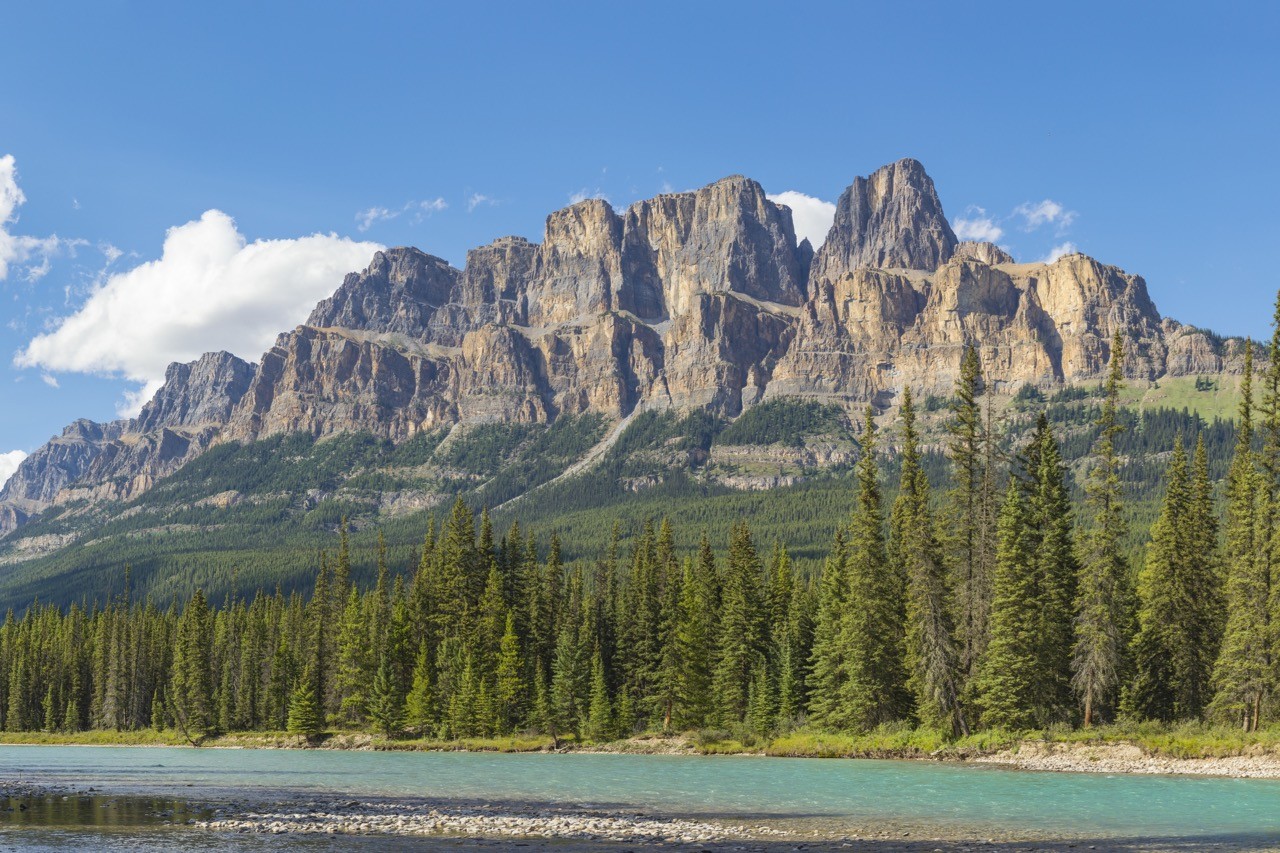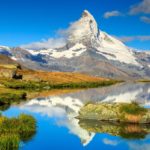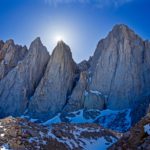Naming mountains is a thorny business. We take a look at some of the most controversial mountain names from around the world and explore just why they’ve inspired so much debate
As an avid hiker, climber and would-be mountaineer, I’ve long been fascinated with the mountains of the world and the history behind their names.
The first real mountain I ever climbed was Ben Nevis in bonnie Scotland. One would be forgiven for wondering who Ben was and why he has a mountain named after him. In fact, ‘Ben Nevis’ is the Anglicized form of the Scottish Beinn Nibheis, which means ‘mountain by the water’.
Sadly, not all mountain names have such genteel origins. Some have caused controversy for years with different parties contesting correct names, proper pronunciation and political correctness.
We were reminded of this debate by the recent release of PeakVisor, a seemingly magical app that instantly recognises the name of any mountain peak that comes into view using a combination of your phone’s camera, location tracking and a high-precision 3D mountain panorama. It also has a 3D compass and altimeter that accurately measures elevation too.
Cleary, mountain nomenclature is no longer nerdy. (Well, okay, it is but at least it’s a shared interest.) With that in mind, we take a look at some of the most controversial mountain names from around the world and explore just why they’ve inspired so much debate.
1. Denali
Location: Alaska, USA
AKA: Mount McKinley
Height: 6,190m (20,310ft)
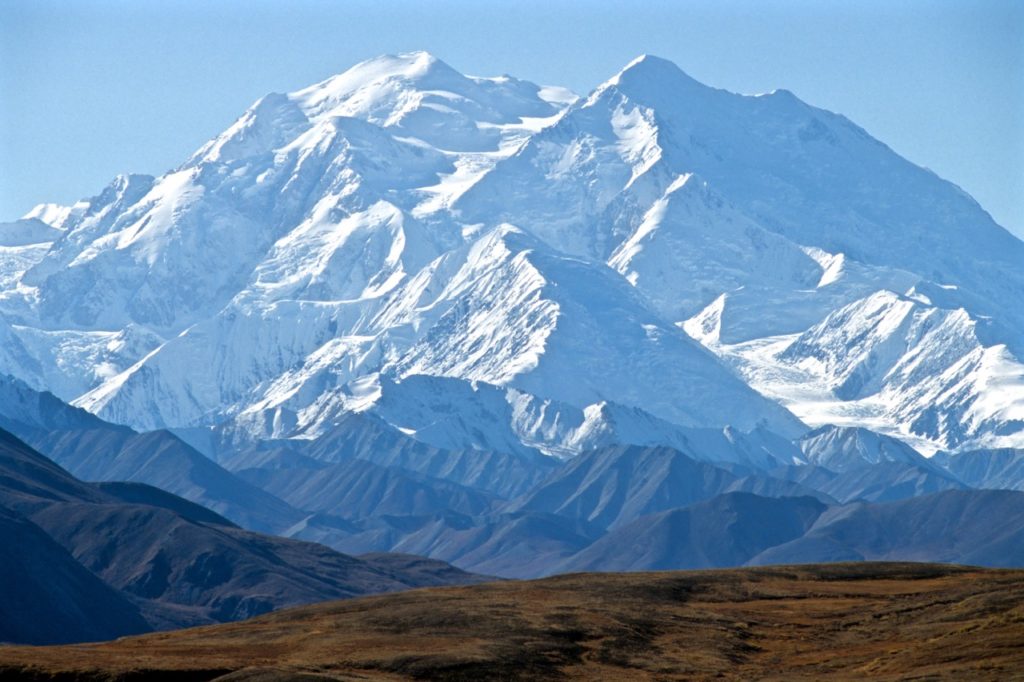
The tallest mountain in North America has long been known as Mount McKinley, named so by a gold prospector in 1896 after he heard that William McKinley had been nominated for the US presidency.
In 1917, the US government officially recognised Mount McKinley as the name of the mountain – despite McKinley never setting foot in Alaska!
For centuries, the Koyukon people who inhabit the area around the mountain have referred to the peak as ‘Denali’. After the 1917 renaming, the Koyukon campaigned for decades to reinstate the original native Alaskan name.
Finally, in 2015, President Obama restored the name to Denali, which translates as High One or Great One.
2. Avatar Hallelujah Mountain
Location: Hunan Province, China
AKA: Southern Sky Column
Height: 1,080m (3,540ft)
After the release of James Cameron’s 2009 blockbuster movie, Avatar, tourists flocked in their droves to the Southern Sky Column in China’s Zhangjiajie National Forest Park. Since the boom in tourism, the column has been officially renamed as the Avatar Hallelujah Mountain.
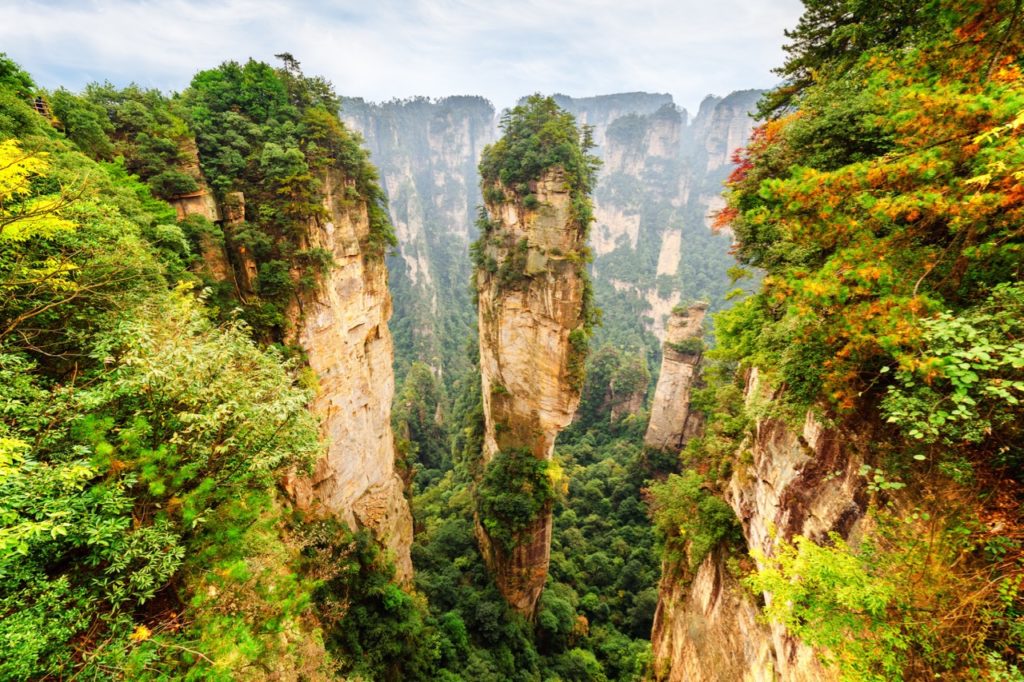
The soaring tower of quartz-sandstone was the inspiration behind some of the movie’s most iconic digitally rendered scenes. The ‘floating peaks’ that appear in the movie were modelled on the holiday photos of a member of the production team.
The renaming caused much consternation on social media and the huge influx of visitors has alarmed environmentalists who believe the area and its ecosystems cannot cope with such a high volume of visitors. Concerns have been heightened by the construction of the world’s longest and highest pedestrian glass bridge nearby.
3. Uluru/Ayers Rock
Location: Northern Territory, Australia
AKA: Ayers Rock, Ayers Rock/Uluru
Height: 863m (2,831ft)
The huge rock formation in central Australia is actually an inselberg, which literally means ‘island mountain’ and refers to isolated rock hills, ridges or small mountains that rise abruptly from more level surroundings.
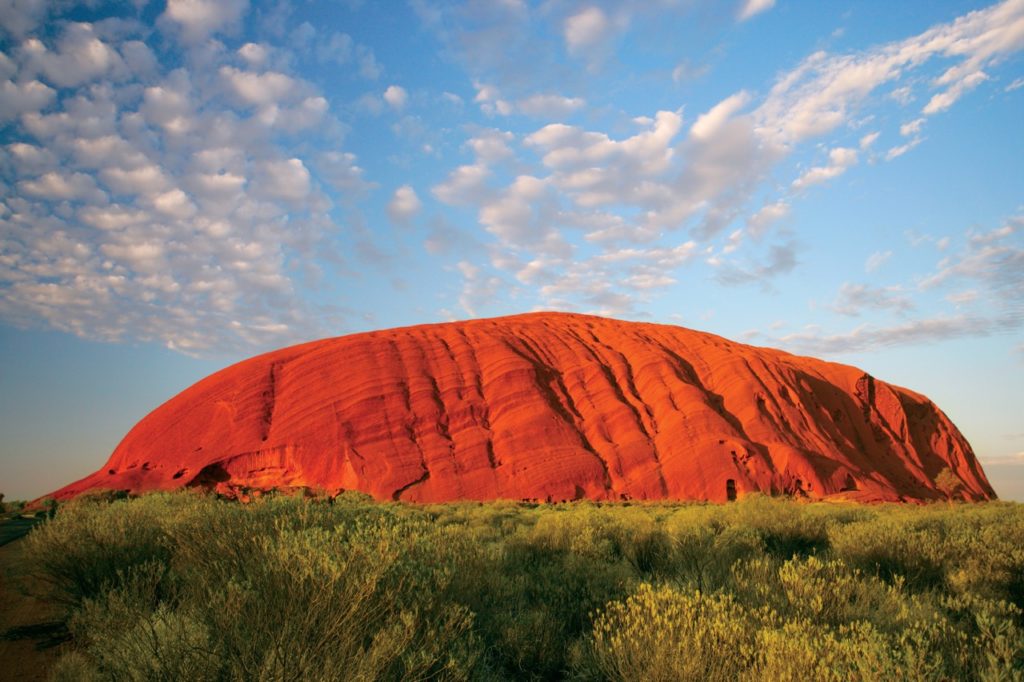
From 1873, this particular inselberg was widely known as Ayers Rock, a name coined by the European explorer William Gosse who sighted the landmark and named it in honour of the then Chief Secretary of South Australia, Sir Henry Ayers.
However, the local Aboriginal people had called it Uluru for centuries. In 1993, a dual naming policy was adopted and it was renamed Ayers Rock/Uluru, before being changed in 2002 to Uluru/Ayers Rock.
4. Negro Mountain
Location: Maryland and Pennsylvania, USA
AKA: None
Height: 979m (3,213ft)
Negro Mountain is actually a 48km (30mi) ridge extending along the Allegheny Mountains in Maryland and Pennsylvania, with Mount Davis as its highest point. Unsurprisingly, its racially loaded moniker is one of the most controversial mountain names in the US.
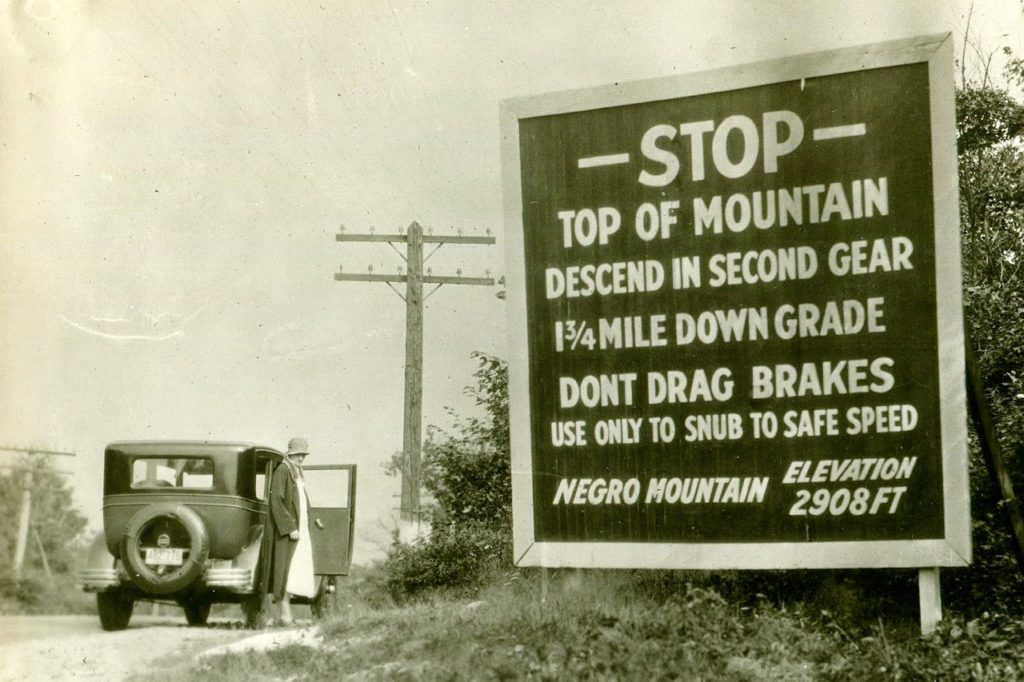
There are several stories surrounding the naming of the mountain. The most creditable involves a skirmish during the French and Indian War in 1756. Frontiersmen are thought to have clashed with Native Americans on the mountain. A black slave named Nemesis who was fighting for the frontiersmen was killed in the battle. The ridge was named Negro Mountain in his honour.
There have been several calls for the mountain to be renamed. Interestingly, Christopher Bracey, law professor and associate professor of African and African-American studies at George Washington University Law School, has said: “I have a slightly different take on it… Here we have a mountain, whose name was intended to be a testament to Negro bravery. It seems rather crass and unsophisticated to name it Negro Mountain, but the intentions were strong.”
The debate continues.
5. Castle Mountain
Location: Alberta, Canada
AKA: Mount Eisenhower
Height: 2,766m (9,075ft)
Located in Banff National Park in the Canadian Rockies, Castle Mountain is one of the most recognisable peaks in the region. It’s easy to see why Scottish geologist James Hector named it Castle Mountain in 1858. The distinctive castle-like appearance is clear to see.
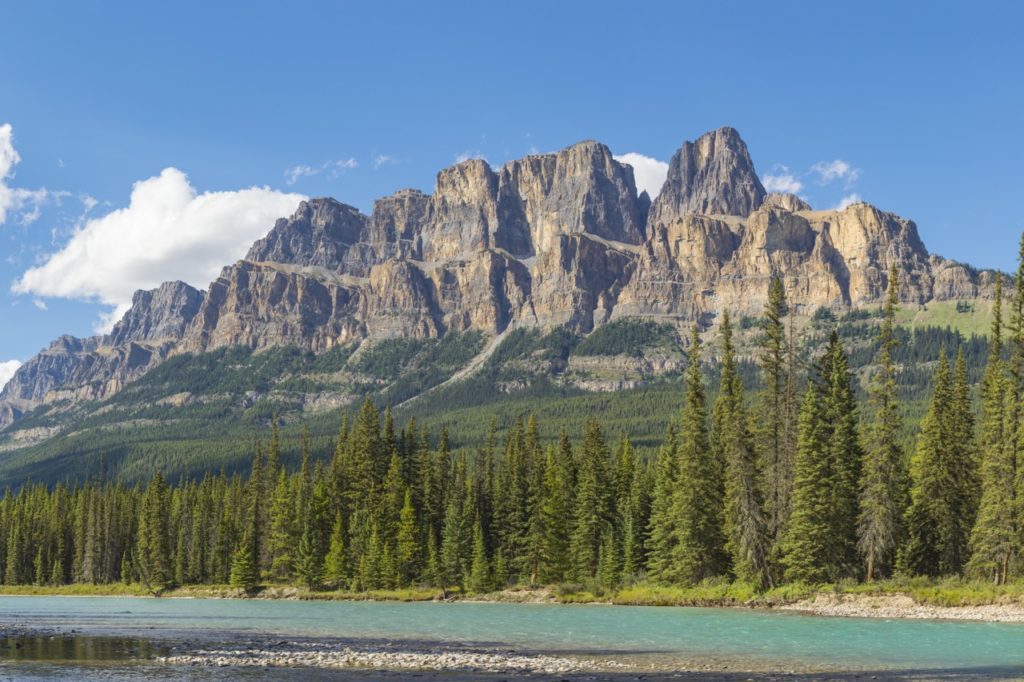
However, in 1946, the day before US General Dwight D. Eisenhower, then Supreme Commander of the Allied Forces in Europe, visited Canada, Prime Minister Mackenzie King suddenly changed the name to Mount Eisenhower. The move came without warning, immediately inciting uproar.
From 1946 to 1979, it was known as Mount Eisenhower in honour of the World War II general. Decades of protest followed until 1979 when the mountain was renamed Castle Mountain. To honour the now dead Eisenhower, a prominent pinnacle on the southeastern side of the mountain was named Eisenhower Tower.
6. K2
Location: Pakistan/China
AKA: Mount Godwin-Austen
Height: 8,611m (28,251ft)
Despite lying on the disputed China-Pakistan border, the name of the second highest mountain in the world, K2, is more intriguing than controversial.
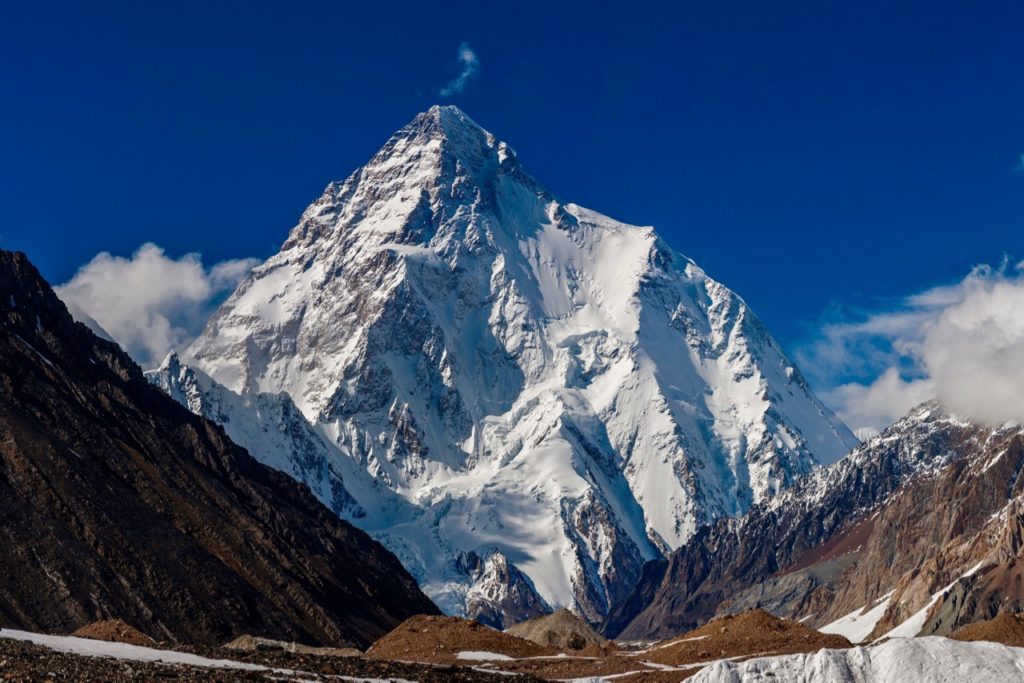
K2 derives from the notation used by the Great Trigonometric Survey of British India. British surveyor Thomas Montgomerie first charted the Karakoram Range, home to K2 in the Himalayas, in 1856. He did so from Mount Haramukh which actually lies 210km (130mi) to the south. He sketched the two most prominent peaks, labelling them K1 and K2.
K1 was promptly renamed to its local name of Masherbrum, but no equivalent for K2 could be found. The mountain was so remote that the local population could rarely see it, so no local name was in use. The name Mount Godwin-Austen (after Henry Godwin-Austen, an early explorer of the area) was suggested and used sporadically on several maps despite being rejected by the Royal Geographical Society.
Montgomerie’s label, K2, therefore continues to be the name by which the mountain is officially known.
7. Mount Rainier
Location: Washington, USA
AKA: Tacoma, Tahoma
Height: 4,392m (14,411ft)
In a similar vain to to Denali, Native Americans have filed several requests over the years to rename the highest point in Washington State. Alternative names include Tacoma or Tahoma, which mean ‘snowy mountain peak’.
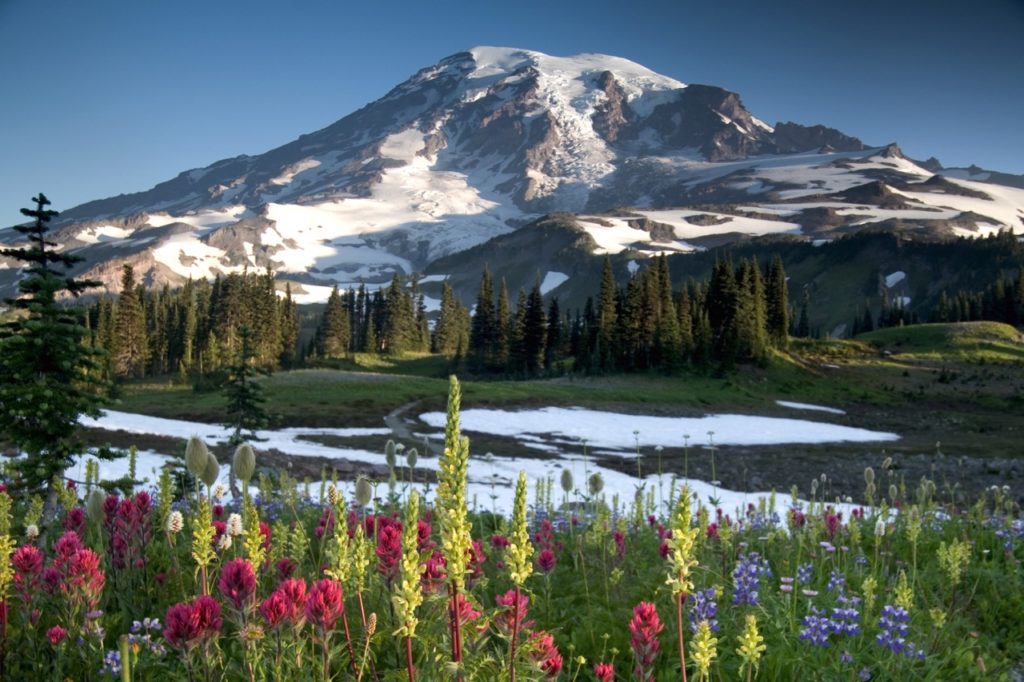
Unlike McKinley, Rainier wasn’t an American president or even an American for that matter. Peter Rainier Jr was a British naval officer who fought against the US during the American Revolution.
The US Board on Geographic Names has repeatedly refused to change the name.
Executive Secretary Lou Yost says: “The mission of the board isn’t to restore historic names, it’s to go along with current use and reflect local use and preference.” The board argues that there is insufficient evidence that alternative names are widely used.
Last year, Harney Peak in South Dakota was renamed Black Elk Peak. There have also been requests for Devil’s Tower in Wyoming and Mount St. Helens in Washington to be renamed to Native American alternatives.
8. Everest
Location: Nepal/China
AKA: (Pronounced) Eve-wrist
Height: 8,848m (29,029ft)
Mount Everest was known by so many local names in several different languages, that the Great Trigonometric Survey of British India claimed it would be unfair to single out one. Despite objections, the Royal Geographical Society allowed the mountain to be named after Welsh surveyor Sir George Everest. The name has been widely adopted and used ever since.
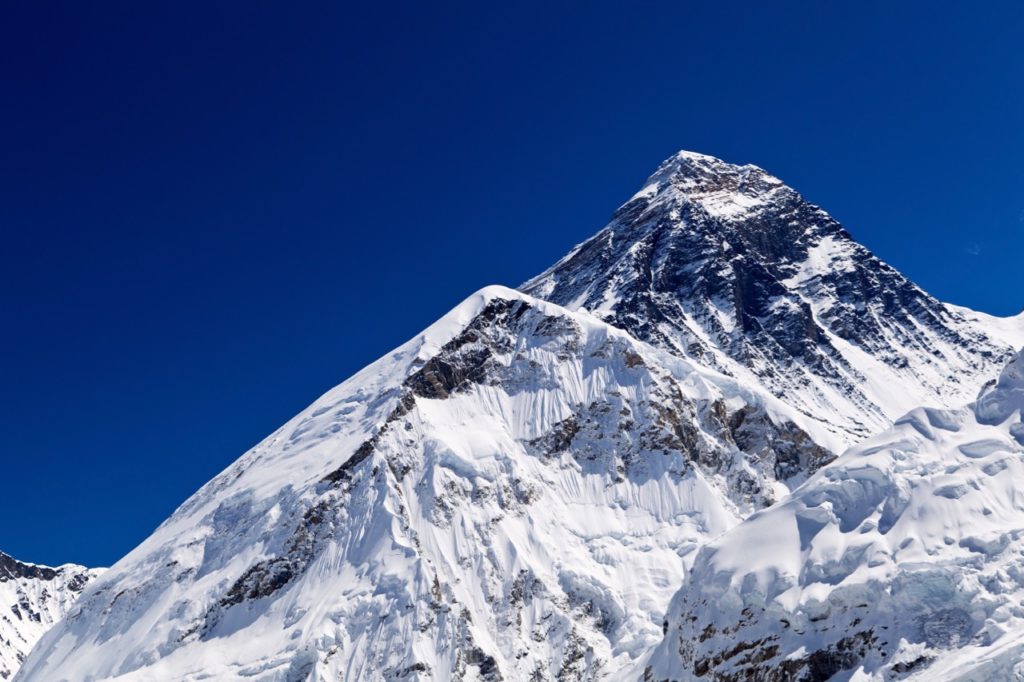
However, Sir George’s surname is pronounced ˈiːvrᵻst (Eve-wrist with ‘Eve’ pronounced as in Christmas Eve) while the mountain has long been called Ever-est as in everlasting.
The mispronunciation is unfortunate since Sir George himself opposed naming the mountain ‘Everest’ because it could not be written in Hindi nor pronounced by “the native of India”.
Other names include Deodungha (Holy Mountain) in Darjeeling, Chomolungma (Holy Mother) in Tibetan, and the most recent of all, Sagarmāthā (Forehead in the Sky), coined by the Nepali government in the 1960s as they felt the Tibetan name was “not acceptable”.
Enjoyed this post? pin it for later…
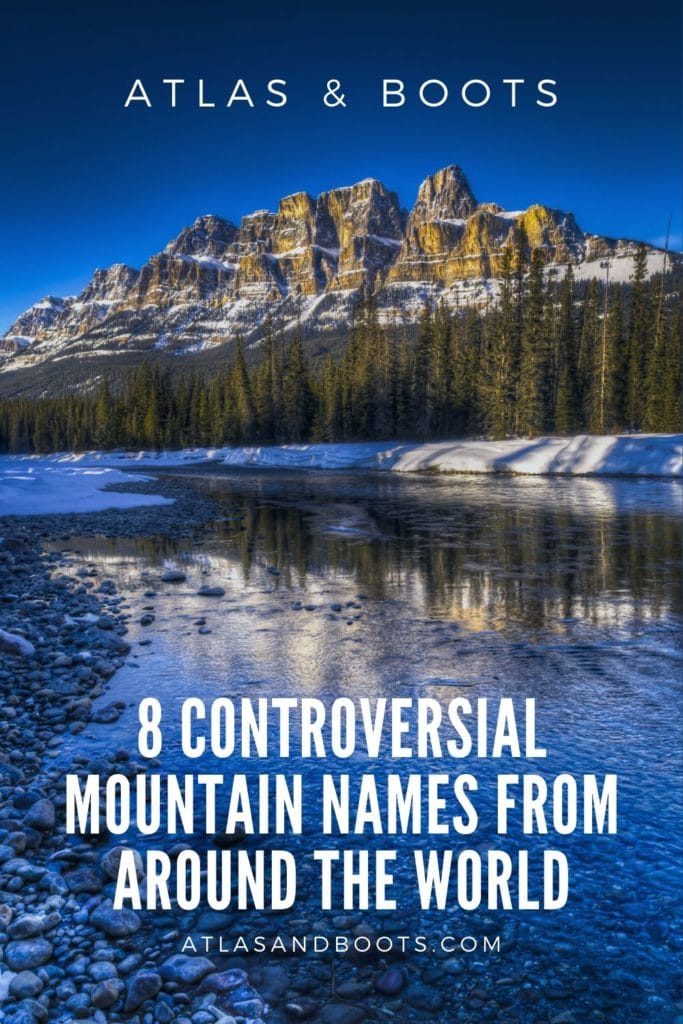
The PeakVisor smartphone app can be downloaded from iTunes here. The Android version is available here.
